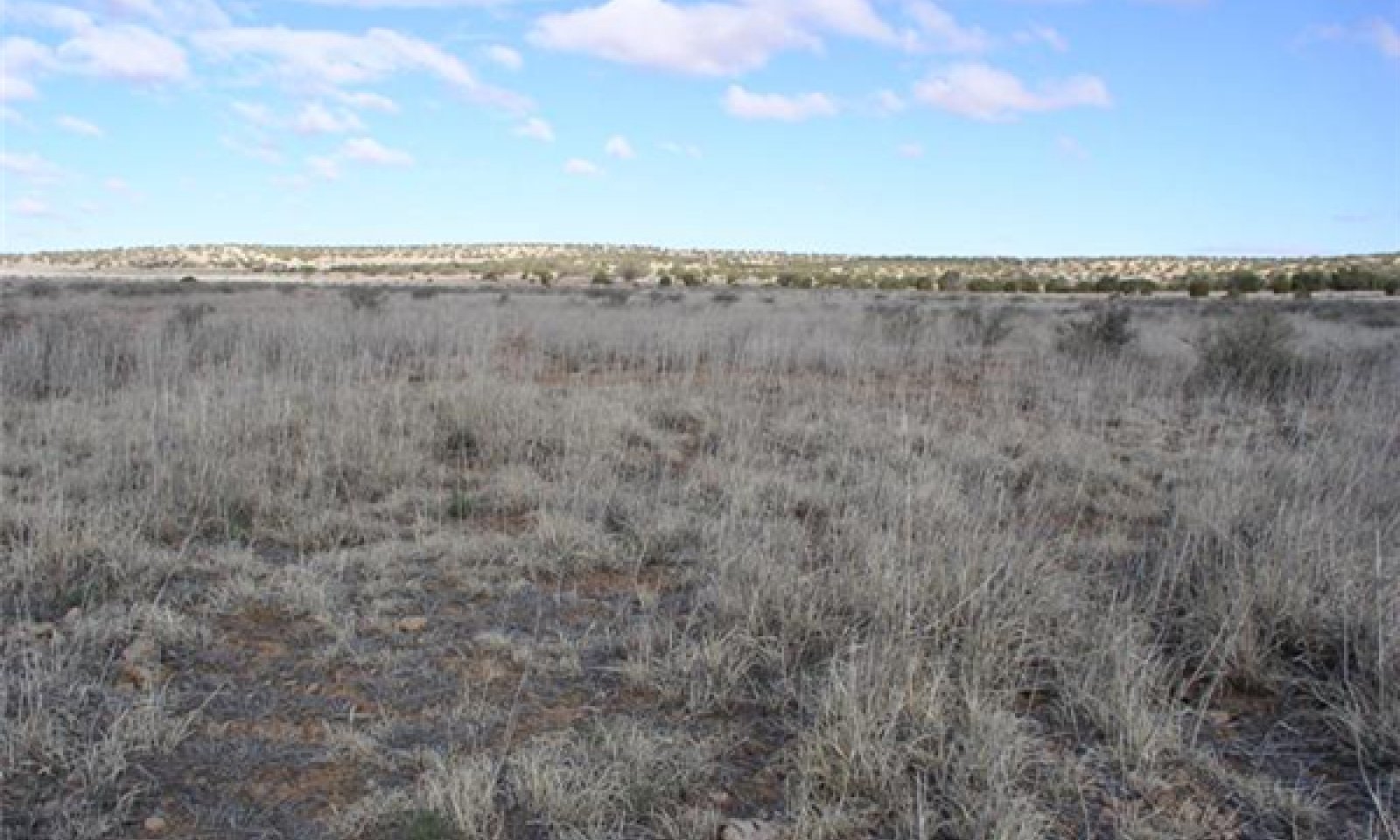
Clay Loam Upland 10-14" p.z.
Scenario model
Current ecosystem state
Select a state
Management practices/drivers
Select a transition or restoration pathway
- Transition T1A More details
- Transition T1B More details
- Transition T2A More details
- Restoration pathway R3A More details
-
No transition or restoration pathway between the selected states has been described
Target ecosystem state
Select a state
Description
The reference state includes the Historic Climax Plant Community. The Historic Climax Plant Community is a perennial native grassland with a mixture of mid and short grasses, annual and perennial forbs, with scattered shrubs and juniper.
Submodel
Description
This plant community is similar to the Historic Climax Plant Community but annuals and non-native annuals such as cheatgrass and Russian thistle are present in sufficient amounts to affect the biotic integrity of the site.
Submodel
Mechanism
The introduction of non-native annuals creates an irreversible change in the plant community.
Mechanism
Drought, unmanaged grazing, lack of fire, reduced herbaceous cover, loss of seed source for native herbaceous species.
Mechanism
Lack of fire, unmanaged grazing, reduced herbaceous cover, loss of seed source native herbaceous species.
Model keys
Briefcase
Add ecological sites and Major Land Resource Areas to your briefcase by clicking on the briefcase (![]() ) icon wherever it occurs. Drag and drop items to reorder. Cookies are used to store briefcase items between browsing sessions. Because of this, the number of items that can be added to your briefcase is limited, and briefcase items added on one device and browser cannot be accessed from another device or browser. Users who do not wish to place cookies on their devices should not use the briefcase tool. Briefcase cookies serve no other purpose than described here and are deleted whenever browsing history is cleared.
) icon wherever it occurs. Drag and drop items to reorder. Cookies are used to store briefcase items between browsing sessions. Because of this, the number of items that can be added to your briefcase is limited, and briefcase items added on one device and browser cannot be accessed from another device or browser. Users who do not wish to place cookies on their devices should not use the briefcase tool. Briefcase cookies serve no other purpose than described here and are deleted whenever browsing history is cleared.
Ecological sites
Major Land Resource Areas
The Ecosystem Dynamics Interpretive Tool is an information system framework developed by the USDA-ARS Jornada Experimental Range, USDA Natural Resources Conservation Service, and New Mexico State University.
